Fashion translation has a certain cachet. It sounds exciting and exotic. It conjures up images of gorgeous models strutting down catwalks, designer clothes and luxury handbags. But what is really involved and what are the rewards? Is it an area worth specialising in? This article looks at the what, the who and the why of fashion translation.

What does fashion translation involve?
What kinds of texts does a fashion translator work on? Well, there’s no one answer to that question. Fashion is a multimillion dollar industry. It encompasses a wide range of different businesses and various types of translation. As a translator working with the fashion industry, you might translate:
- product descriptions for clothes and accessories
- press releases
- presentations and speeches
- articles about famous or up-and-coming designers
- bios and interviews with models
- in-house logistics materials
- staff manuals
- training materials
- annual reports
- contracts
- publicity and marketing materials.
- Become a confident professional translator
- Learn fast with our extremely detailed feedback
- Prepare for the CertTrans exam
- Get your translation certificate
The work ranges from quite repetitive product descriptions to persuasive marketing copy. And the skills you need for those different styles vary too. You can be called on to produce captivating advertising copy one minute, and to research the difference between a welt pocket and a slash pocket the next. Sometimes you’ll need to combine that technical product information with your enticing promotional copy in the same translation.
It can be a lucrative field because of the chance to specialise and become faster.
My fashion translation work has ranged from poring over glossaries to learning about the intricacies of how shoes are constructed. I’ve learned words like penny bar, last and vamp, and proofread interviews with models. On other projects, I’ve used my literary translation skills to translate the rags-to-riches story of the man who became the director of one of Spain’s leading sportswear companies.
Unsure whether you're ready for the CertTrans, ATA exam or DipTrans?
Do our free translation level test and find out.
Available for Spanish- and French-to-English translators.
Who might you do fashion translations for?
This can also vary quite a lot. Your translation client might be a large fashion house or a small independent one. It could be an individual designer or a large marketing department. Luxury and sportswear brands also commission fashion translations. And don’t forget eco-friendly clothes and traditional handcrafted footwear. Lots of large companies and fashion houses use translation agencies. This is because they need translations into multiple languages. But there’s also scope for working with smaller independent fashion houses, as your direct customers.
- Become a more successful translator
- Learn fast with extremely detailed feedback
- Prepare to pass the CIOL DipTrans exam
- Get your advanced translation certificate
What are the advantages of working with agencies versus direct clients when it comes to fashion translation?
Price is one thing to think about. But it’s not as cut and dried as that might sound at first. There may be a difference in the price you can command from an agency as opposed to finding a direct client. But agency work has advantages when it comes to this sector. Translation agencies can attract large companies because they can offer multiple languages. This means a reasonably steady stream of work in your language pair. Another advantage is that the agency is the one investing in finding those clients. They deal with communications with them, so you can concentrate on translating. You might command higher prices with direct clients, but you also need to go out and find them yourself. Doing that can require a big time investment.
I’ve learned words like penny bar, last and vamp, and proofread interviews with models.
Why specialise in fashion translation?
What are the rewards? For me, it can be a lucrative field because of the chance to specialise and become faster. Also, in my experience, there aren’t many translators specialising in fashion in the Spanish-to-English field. This means it represents an area where I can increase my profits. Fashion is a cyclical, varied and large industry. So, if you can find your niche, work is ongoing. Fashion changes with the seasons. Each new collection has press releases and marketing materials to accompany it, which can create a steady workflow.
Get a certificate in punctuation!
- Learn punctuation fast
- Get confident
- Build up your CV to impress clients
If you’re working on a lot of product descriptions, these can be quite repetitive. But with a good CAT tool, they can also become quite lucrative. At first, they can be time-consuming, in terms of researching terminology. But there is a lot of material readily available online. And once you have built up some translation memories and termbases, these translations can be turned over relatively quickly. If you’ve managed to negotiate a decent rate (especially once you have some specialist experience) then it can represent a good income stream.
Press releases can be more time consuming if you’re not used to translating a lot of marketing copy. This is because they require a different skill set and a flair for transcreation, to convey the meaning in a culturally appropriate way. But, if you can offer both these skills, then you’ll be in high demand. For more information on translating press releases, read “Press Release Translation: Why, How and Who?”
Lastly, fashion is a sector I enjoy working in. Partly because of the variety, but also because it’s always changing and evolving. I enjoy evolving and improving alongside it. If you want to learn more, sign up for my on-demand ProZ.com webinar: “Fashion Translation – Is It the Right Specialism for You?“
Want updates about articles on this blog? Sign up for the newsletter in the column to the right.
All you need to understand how to pass the CIOL CertTrans exam.
- Self-study
- All language combinations

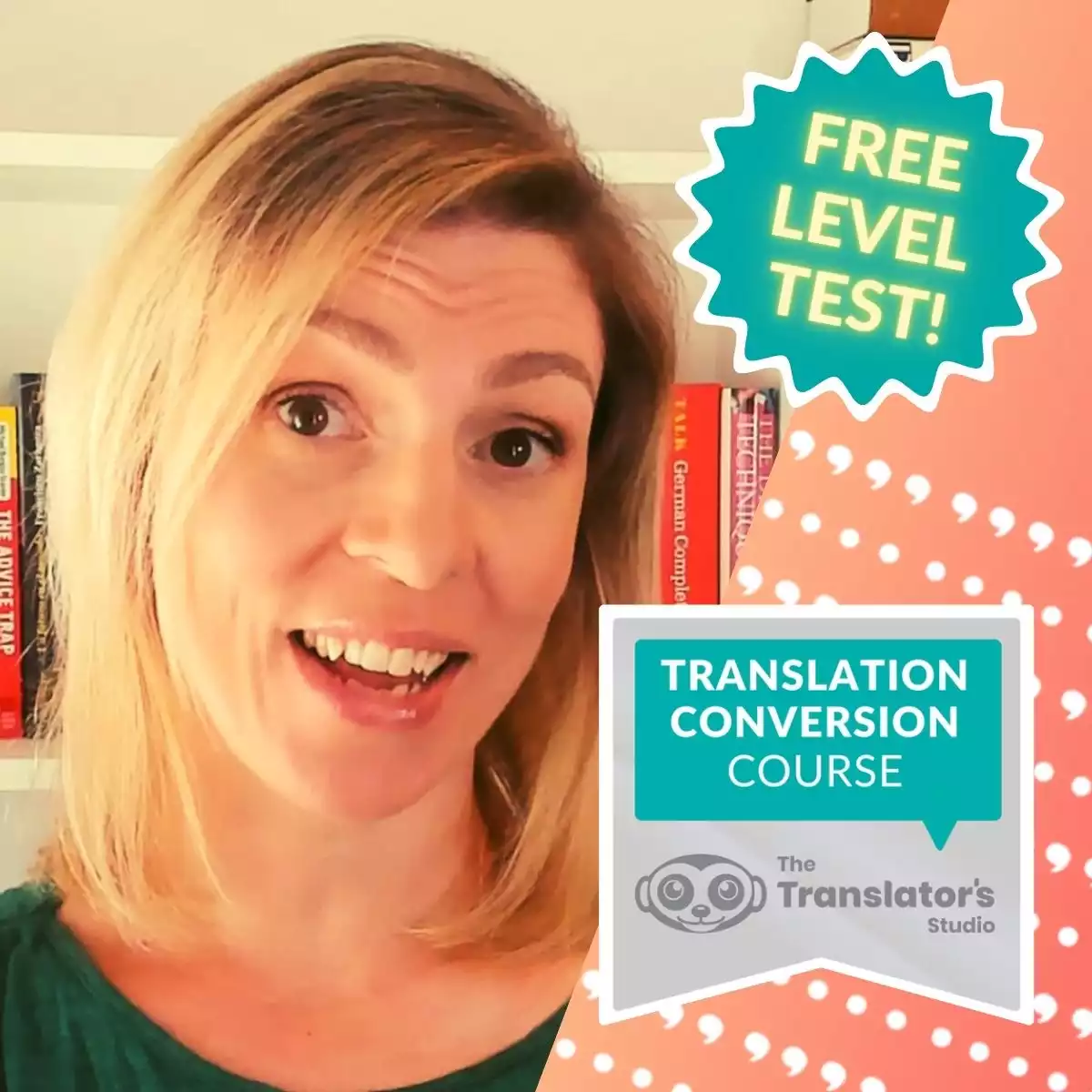
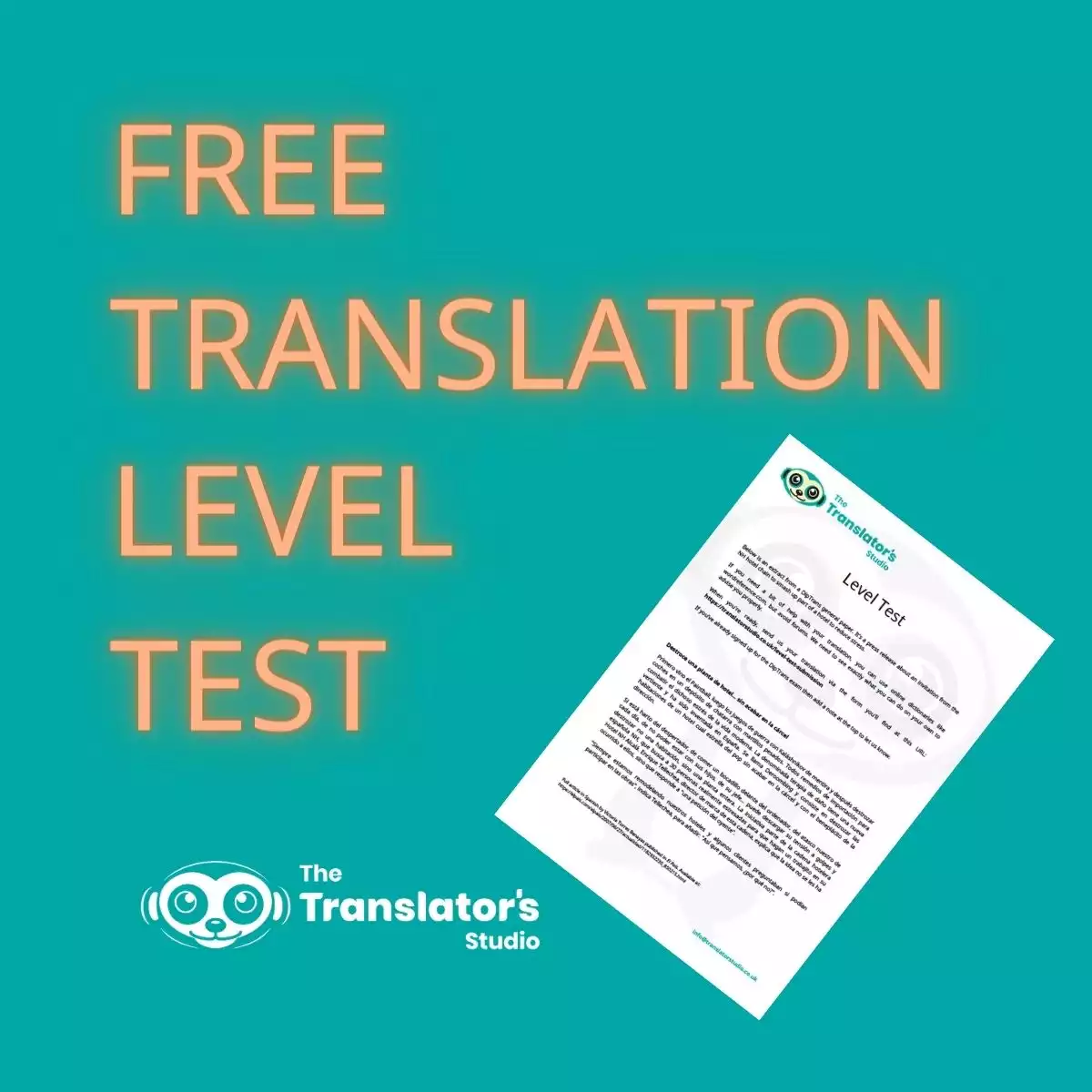
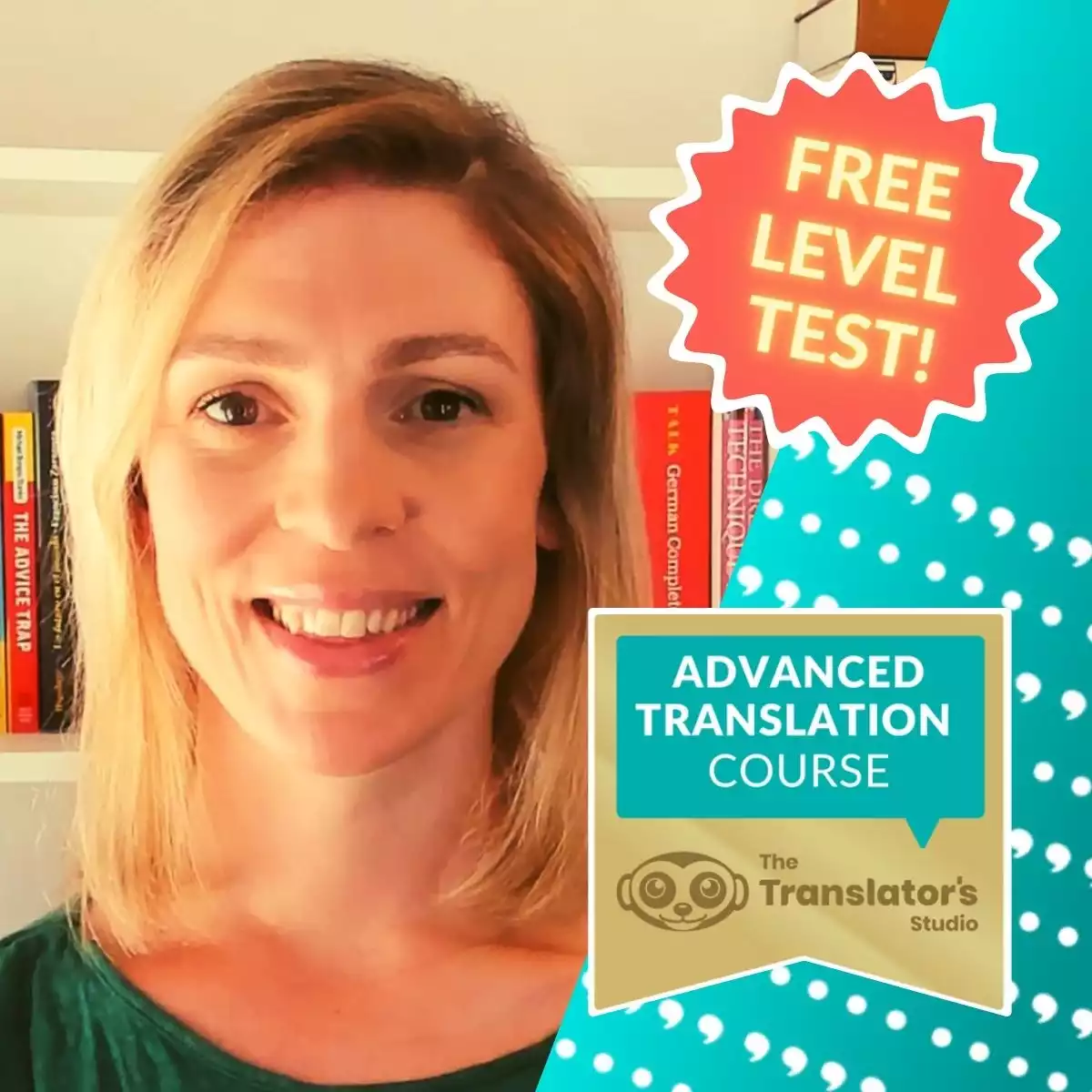
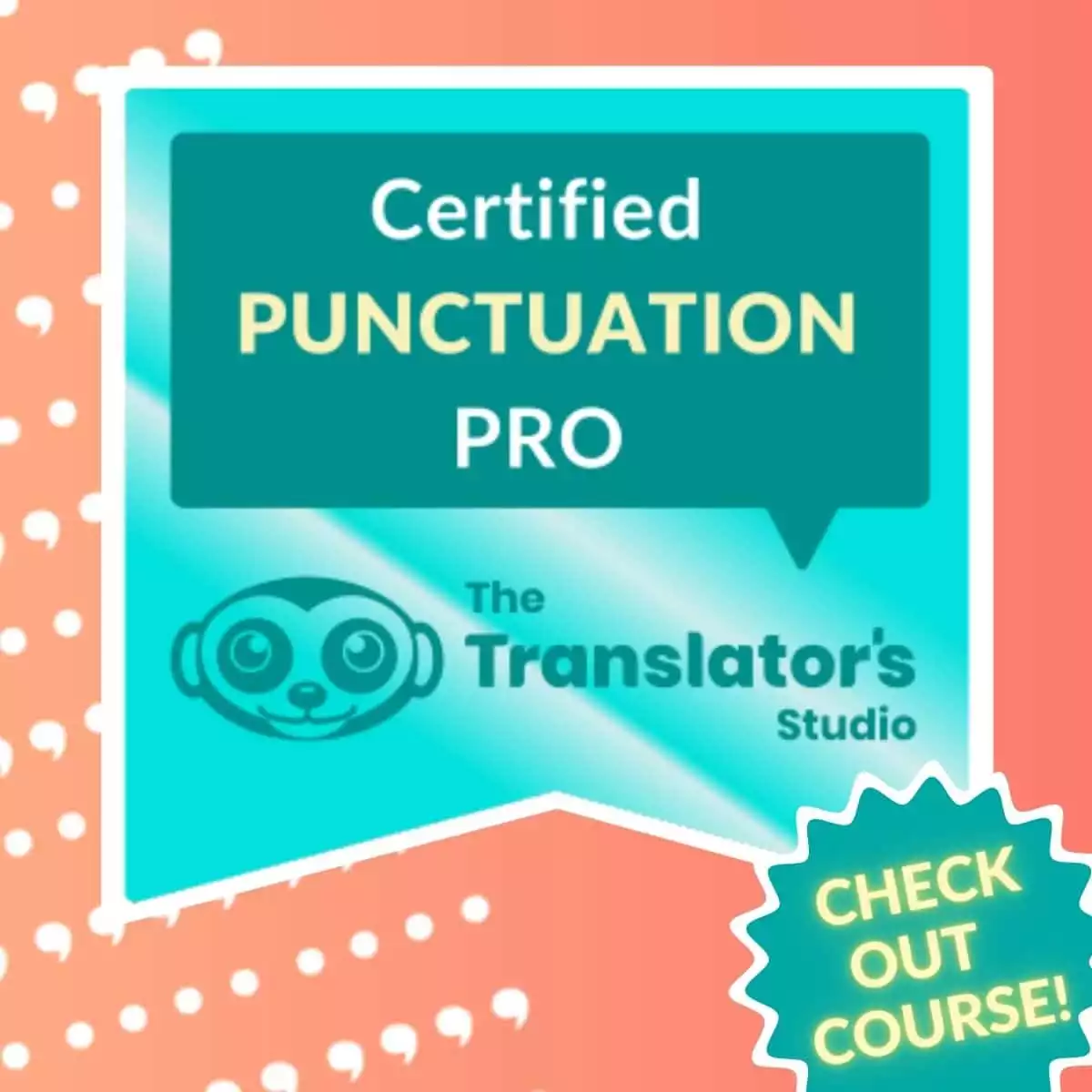
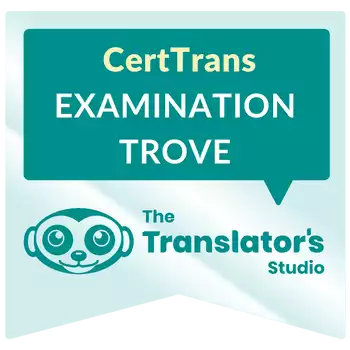



Excellent article, Lucy!
I’ve been doing a lot of Spanish to (US) English fashion translations for one of the agencies that I work with, and I love it as well. I agree that it is ever-changing, which makes it so much fun for me.
A CAT tool is a must.
Thank you, Nawal! I’m glad you liked the article and it is great to receive some feedback from another fashion translator in the same language pair. I totally agree with you that a CAT tool is absolutely essential for this type of work, I couldn’t do the product descriptions without one.
Wonderful article Lucy. German to English fashion translation is also one of my specialisations, too. You are so right in mentioning how time-consuming the research can be but once stored in a termbank the rewards for repetitive texts is truly amazing.
Thank you very much for sharing your knowledge and experience, Lucy. I’m an EN-SP translation student and a soon-to-be fashion designer. This article provides a great insight that it’s not so easy to find. As you mention above, the fashion translation industry is not as widespread as other specializations. I have a question: do you think it’s possible to work for magazines? I’ve been trying to get to know someone who works for a magazine or provides translations for them. Once again, thank you!
Hi Melina,
I’m glad you liked the article! I’m afraid I don’t have any specific advice about contacting magazines. LinkedIn is a good way to make contact with professionals you are interested in working with. Good luck for the future!
Great article, Lucy!
I know this was published long time ago, but I would like to know if you can recommend some courses to specialise in EN>SP fashion translation.
Thank you so much in advance!